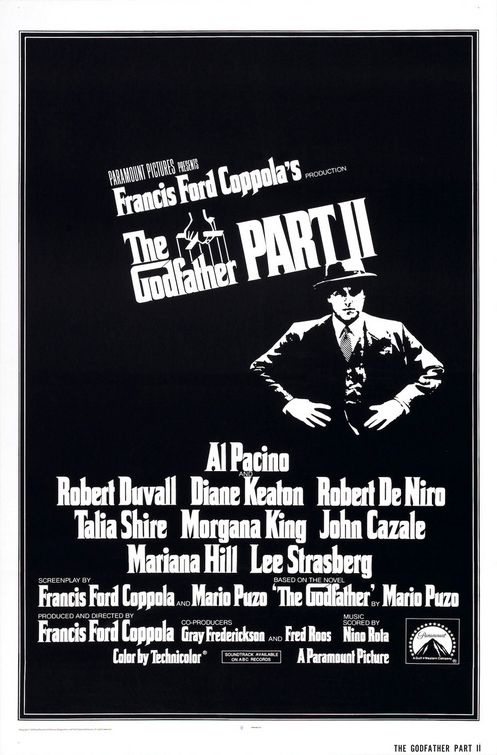
#62) Hell’s Hinges (1916)
OR “Are You There God? It’s Me, a Cowboy.”
Directed by Charles Swickard (with uncredited assistance from William S. Hart and Clifford Smith).
Written by C. Gardner Sullivan
Class of 1994
If the link below stops working, you can view the film online at the National Film Preservation Foundation.
The Plot: The lawless western town of Placer Center, aka Hell’s Hinges (take a shot), is turned on its head when an inept Reverend (Jack Standing) and his aptly devout sister Faith (Clara Williams) come to town. They are bullied by the saloon owner Silk Miller (Alfred Hollingsworth), but surprisingly welcomed by ambiguous anti-hero Blaze Tracy (William S. Hart). When Blaze falls for Faith and turns to the good book, the town’s ban on law and religion is thrown into turmoil.
Why It Matters: The NFR praises Hart and Williams as well as the cinematography of Joseph August. An essay by film historian David Menefee reminds us what a big deal William Hart was back in the day.
But Does It Really?: As a representation of William Hart, a forgotten legend of early cinema, I give it a pass. As a western, it’s okay. It’s entertaining, it tells a compelling –albeit slightly dated – story, and it doesn’t waste a lot of time. There are worse ways to spend an hour.
Everybody Gets One: Director Charles Swickard, actors Alfred Hollingsworth and Louise Glaum.
Wow, That’s Dated: In the cringe-inducing department, Miller is described as having “the oily craftiness of a Mexican”. Oof. Also, and this is not the film’s fault, a burning cross doesn’t just mean a burning cross anymore.
Take a Shot: Being the name of the town, Hell’s Hinges is referenced consistently throughout.
Other notes
- When the film was first released, Variety called it “corking”. We need to bring back corking as an adjective.
- Legend says that among the extras in this film are future matinée idol John Gilbert and actor Jean Hersholt, who I’m told was a heck of a humanitarian.
- The Petticoat Brigade is described as being “a drop of water in a barrel of rum”. I hate to break it to you, but that’s still rum. The drop does nothing.
- William Hart has the same smile as the Grinch when he gets a wonderful awful idea.
- Sorry Silk, but that goatee just isn’t evil-looking enough.
- Pretty impressive that Blaze falls for Faith even though SHE LITERALLY DOES NOTHING THE ENTIRE FILM.
- Nothing says “church sermon” like roadkill nailed to a wall.
- Where do “dance hall girls” go on their birthday? Computer school?
- I can’t tell if this is a bad print or if the editing is a little sloppy.
- Can’t this town do anything independently? Must they always clump together in a giant mob?
- Ladies and gentlemen, Arizona Frank.
- Some of these intertitles a bit too flowery. It’s a western, for crying out loud!
- Color tinting on film is a lost art.
- Oooh, Blaze said “damn”.
- So the moral of this film is “Find religion or Go to Hell!”
Legacy
- The band The Caledonia Mission wrote a song based on the film called “The Ballad of Blaze Tracy”. I can only find it on websites where you have to download it first. Google and listen at your own risk.




